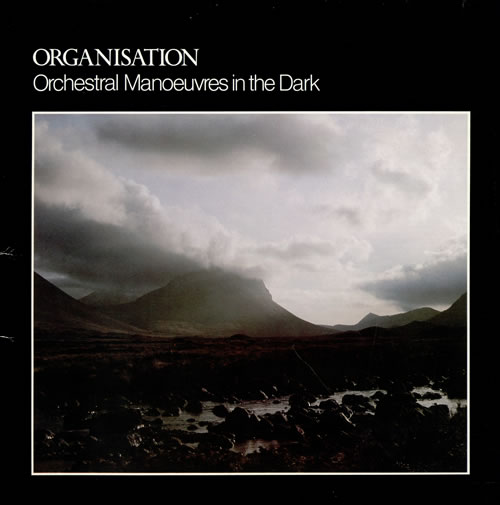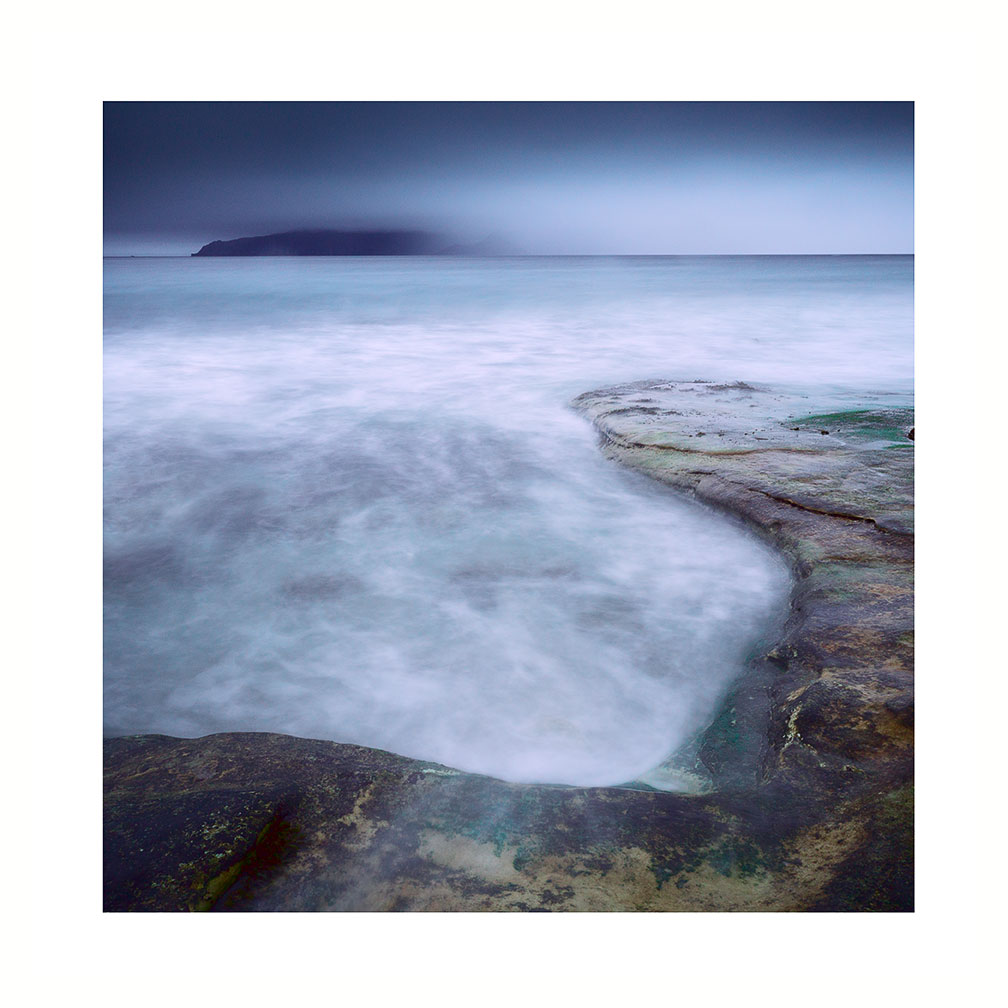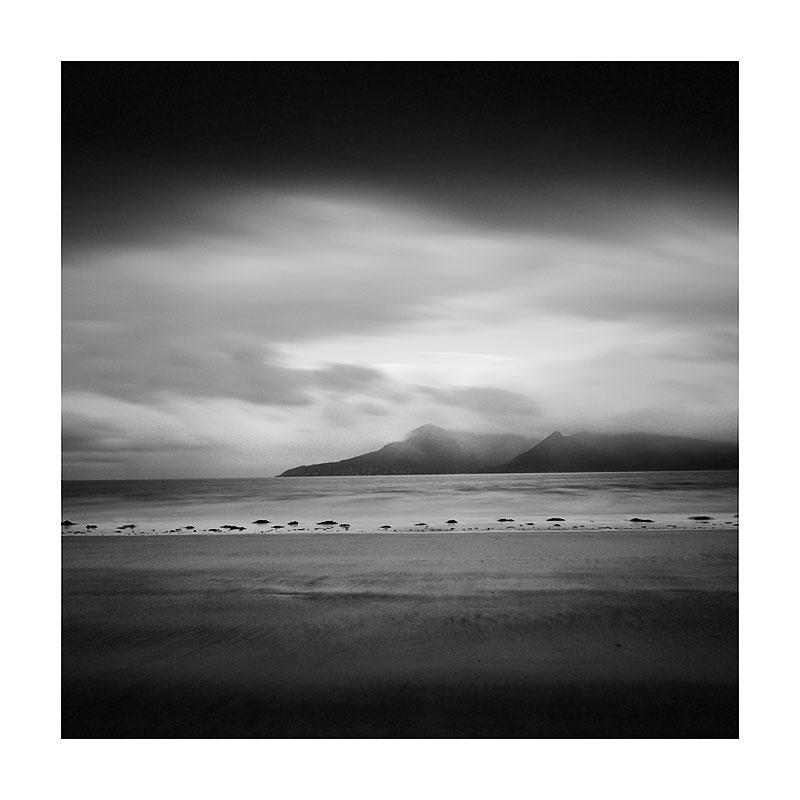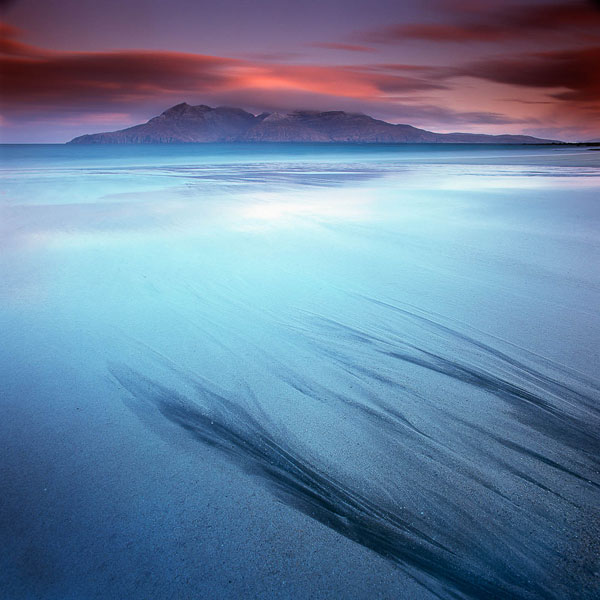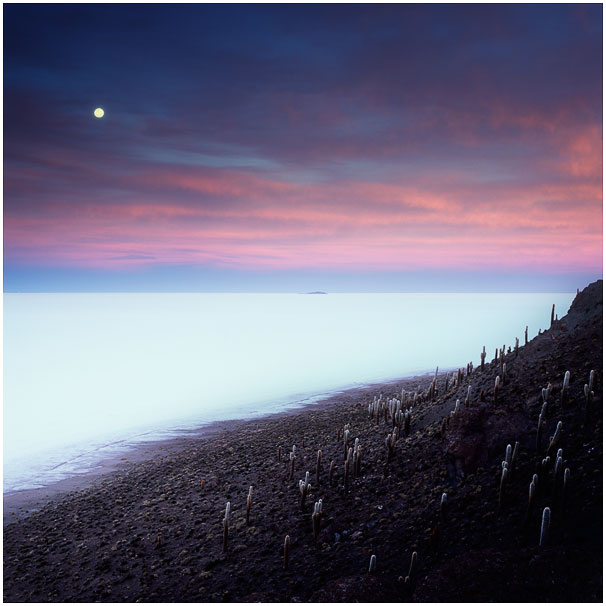After 13 years of running workshops to some locations I know so well, there is the tiny issue of running into the same compositions I have encountered in the past. Should I take them? Will they show some insight perhaps in terms of progress? Or am I just falling into a pattern where I am stuck on repeat?
I think these thoughts, as negative as they might appear, are perfectly normal thoughts to have about one’s work, if we continue to go to the same places over many years.
I know this particular set of Gneiss rocks well, and I’ve tried on several occasions to utilise it in my compositions. I would estimate that out of maybe a dozen attempts, I have only managed twice to use it, and be satisfied with the results. The most recent attempt was last November (image above) and the back in 2014 (image below).
I think stylistically I’ve changed. I am not the same person I was back in 2014, and although I am still very pleased with the older image, I think the newer one just shows that I’ve changed, and that is all it shows.
To compare oneself with your past is folly. You are just who you are now. So rating your current existence on this planet seems a bit pointless. But that doesn’t mean any comparison between old and new work is irrelevant. If you’re objective enough, and can handle the effort of doing it, it can maybe shed some light on what you are doing now that you didn’t do a while ago, and conversely, what you used to do, and don’t do now.
Seems I liked darker images a long while ago. But this is something I have been aware of for a while because I consistently do these comparisons on my work. I like to ‘check-in’ on myself to see where I am, and where I’ve been.
I try not to judge my older work. I just try to look at it from the perspective of ‘it is what it is, and was a statement about where I was back then’. But I have certainly had times to wish that I could go back. I think it is inevitable to see things in your older work that you don’t so so much now, but wish you still did. I’ve been aware for the past few years that my work got lighter and lighter, and in a way, I noticed there was a pendulum swing happening. I was feeling like I needed to go back and start visiting the darker tones in my work.
But wishing to do one thing, and actually doing it isn’t easy. I feel that as I start to re-introduce darker tones in my work, it’s coming from someone who has been to the other side of the luminance scale and he’s learned much that he can’t forget. The newer work feels more polished, but I’m not so sure that it has as much atmosphere as the original work. It was after all shot on a different kind of day, one with less drama, but the edit is more ‘tight’ in terms of object placement and tonal separation.
We can never go back, and I think we should just enjoy the reminisce. What you did, and what you were into, and who you were, aren’t exactly the same as who you are now. It is a reminder that all things are transient. And our photographic style / ability / skill is no exception to this.
The only thing that is permanent is change.





